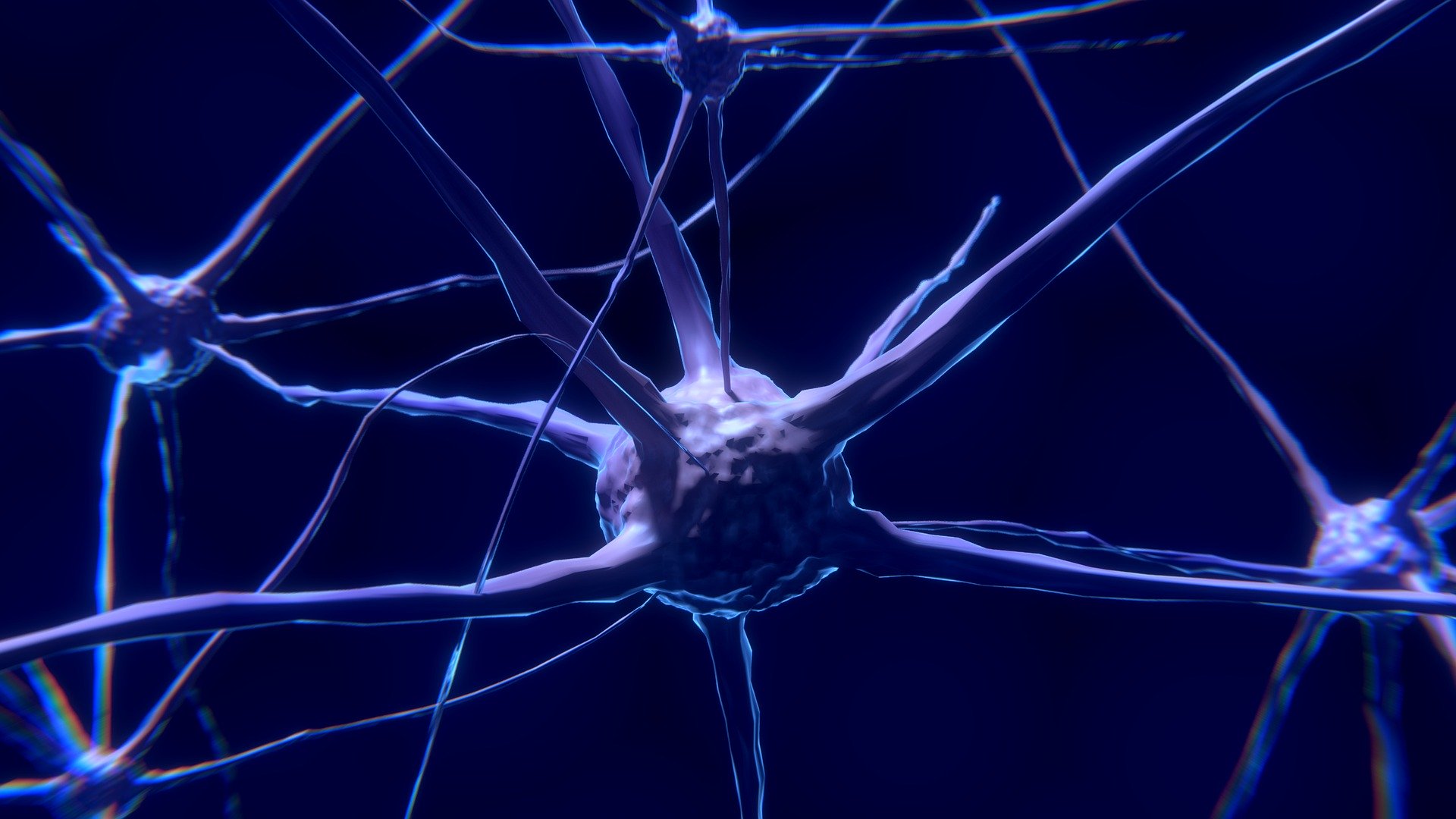Designing electrical components with mechanical softness in mind can move us closer to direct brain-machine communication.
The ability to connect computer hardware with the human nervous system has long captured scientific interest, as well as the public imagination. While nowhere near exotic science-fiction constructs, as seen in movies like The Matrix or Total Recall, devices of impressive sophistication have been made – ranging, for example, from sensors for controlling bladder function in paraplegics, through cochlear and brainstem implants for the hard of hearing to experimental robotic arm prosthetics.
However, despite the enormous progress in miniaturization and processing power over the past several decades, there are still fundamental challenges to be overcome. Implants in the nervous system tend to fail over a period of a few weeks to months, due to the formation of an envelope of scar tissue, which compromises the electrical contact with the brain or nerve in the interface. For some implants, which purely stimulate the nerve, by supplying an electric current, this can be overcome by altering the parameters of the supplied current – in fact all implants currently in the clinic are stimulation only. In the case of implants, which try to receive and decode nerve impulses, the deterioration of the signal quality is enough to preclude any recording after a short period.
It has been recently observed, that the extent of the development of this scar tissue, is closely related to the stiffness of the implanted object. Support cells, called glia, recognize materials stiffer than the surrounding nerve tissue based on mechanical cues. The stiffer the foreign body, the stronger the scar-forming response.
With this knowledge in mind, a new generation of mechanically soft neural interfaces are being developed, that could hopefully enable the long-term operation that would fulfil the clinical promise of neural interface technology.
Ivan Dimov
NanoDTC PhD cohort 2014

